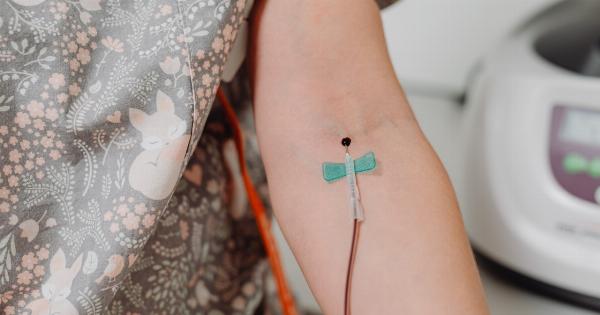Chronic Venous Insufficiency (CVI) is a condition that occurs when the veins in the legs are unable to pump blood back to the heart effectively. This can lead to a range of symptoms, including leg swelling, pain, and discomfort.
In this article, we will discuss CVI as a common cause of leg swelling, its causes, symptoms, diagnosis, and treatment options.
Causes of Chronic Venous Insufficiency
CVI is primarily caused by the damage to the valves in the veins, which prevent the backflow of blood. When these valves become weakened or damaged, blood can pool in the legs, leading to swelling and other symptoms associated with CVI.
Some of the common causes of CVI include:.
Symptoms of Chronic Venous Insufficiency
CVI presents with a variety of symptoms, with leg swelling being one of the most common ones. Other symptoms of CVI may include:.
Diagnosis of Chronic Venous Insufficiency
CVI can be diagnosed by a healthcare professional through a combination of medical history, physical examination, and diagnostic tests.
The healthcare provider may ask about symptoms, perform a visual examination of the legs, and order additional tests to confirm the diagnosis. These tests may include:.
Treatment Options for Chronic Venous Insufficiency
There are several treatment options available for individuals suffering from CVI. The choice of treatment depends on the severity of the condition and may vary from conservative measures to surgical interventions.
Some of the common treatment options for CVI include:.
Preventing Chronic Venous Insufficiency
While CVI may not always be preventable, there are certain steps one can take to reduce the risk of developing the condition or alleviate the symptoms. These preventive measures include:.
Complications of Chronic Venous Insufficiency
If left untreated, CVI can lead to a number of complications that can significantly impact an individual’s quality of life. Some of the potential complications associated with CVI include:.
Lifestyle Modifications for Chronic Venous Insufficiency
In addition to medical treatments, certain lifestyle modifications can be adopted to manage the symptoms of CVI and improve overall venous health. These modifications may include:.
Supportive Therapies for Chronic Venous Insufficiency
Various supportive therapies can be used alongside medical treatments to alleviate the symptoms of CVI and improve venous circulation. These therapies can provide additional relief and promote better overall leg health.
Some of the commonly used supportive therapies for CVI include:.
Conclusion
Chronic Venous Insufficiency is a prevalent condition characterized by leg swelling and other related symptoms.
It is essential to understand the causes, symptoms, diagnosis, and treatment options for CVI, as early intervention can help prevent complications and manage the condition effectively. By adopting appropriate lifestyle modifications, seeking medical advice, and following the prescribed treatment plan, individuals with CVI can improve their leg health and overall well-being.




























